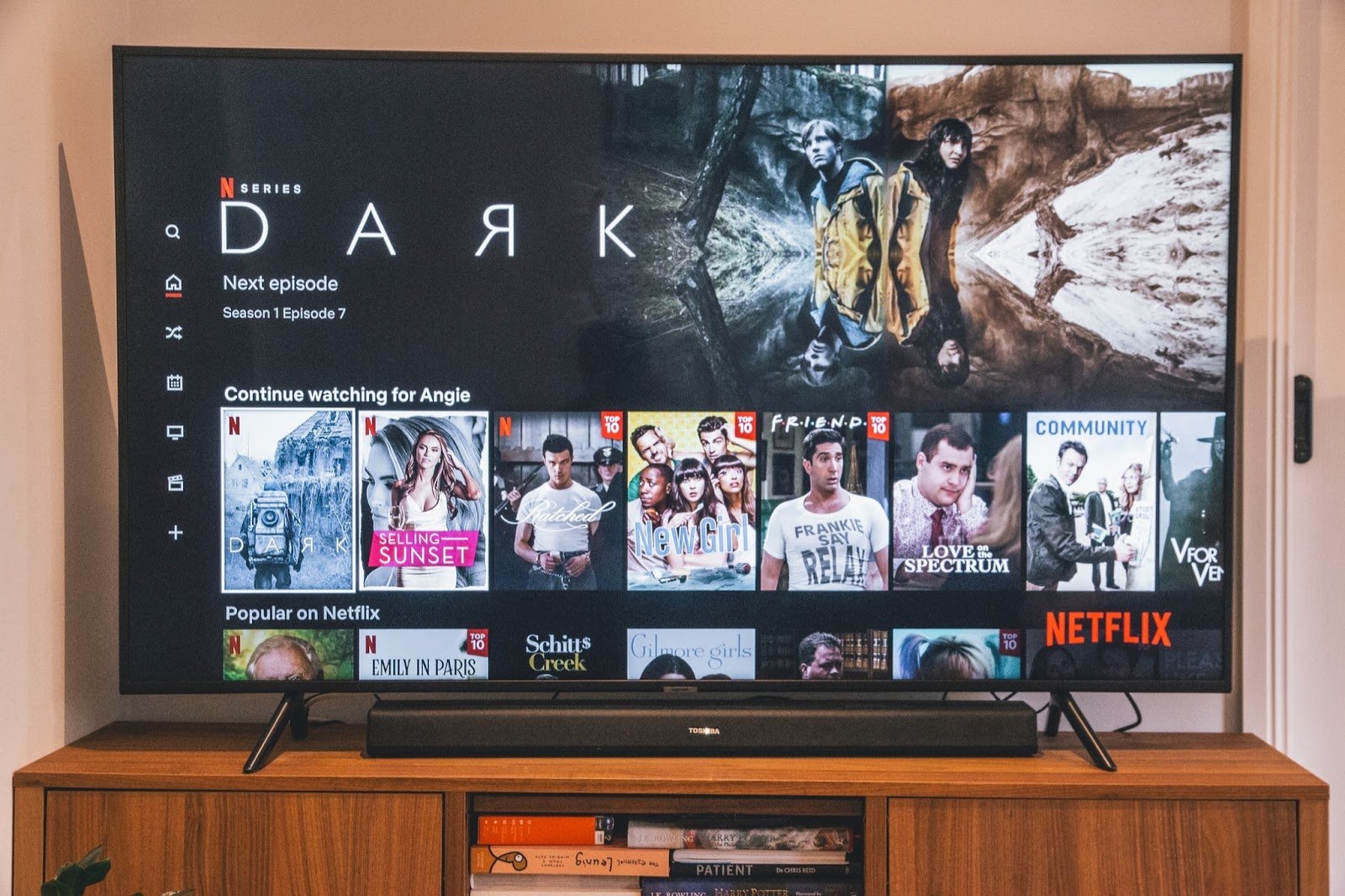OTT marketing is an effective way for businesses to reach and connect with audiences in the digital era.
As consumers increasingly turn to OTT platforms for entertainment, marketers must adapt their campaign strategies
Over-the-top (OTT) platforms have revolutionized media consumption in the digital era, offering diverse video content over the internet. Accessible via smart TVs, streaming players, and mobile devices, OTT platforms provide convenience, affordability, and a wide array of content options.
In the following guide, we’ll examine the OTT industry, how major players like Netflix, Hulu, and Amazon Prime Video have transformed entertainment consumption, and how marketers can discover new opportunities within this space.
OTT Defined
Over-the-top (OTT) platforms are digital media platforms that deliver TV episodes, movies, and other video content through the internet as opposed to traditional broadcast methods. These platforms are accessible through various devices, including smart TVs, streaming players, and mobile devices, offering a wide array of content including on-demand videos, live streams, and user-generated content.
OTT platforms have become increasingly popular due to their convenience, affordability, and diverse content libraries. Major players like Netflix, Hulu, Amazon Prime Video, and Disney+ have revolutionized entertainment consumption, offering extensive options at the touch of a button.
In contrast to live streaming, which broadcasts content in real-time, OTT focuses on providing on-demand content to users. Modern OTT programming encompasses a broad spectrum of content including sports, education, and live concerts, catering to various audience preferences. OTT platforms continue to shape the media landscape, offering diverse content and monetization opportunities while adapting to evolving consumer preferences and technological advancements.
Read more in What Is an OTT Platform?
OTT Marketing Strategies
Data plays a crucial role in OTT marketing strategies. Businesses can analyze metrics such as impressions, click-through rates, and conversions to understand audience behavior and preferences better. This deep understanding allows for tailored advertising content and more effective targeting of specific demographics.
Unlike traditional TV channels, OTT platforms let marketers target specific audience segments based on interests, behaviors, demographics, and location. With the right audience segmentation and retargeting techniques, businesses can enhance their brand messaging across multiple channels while improving campaign performance.
Personalization is heavily emphasized in OTT marketing to recommend new and featured content based on viewer behavior and preferences. By utilizing advanced analytics, businesses can create tailored experiences through personalized banners and slider recommendations. This approach reduces decision-making time for viewers and increases engagement with recommended content.
By incorporating advanced analytics and personalization techniques, businesses can enhance viewer satisfaction and engagement on OTT platforms. This results in a more immersive and enjoyable experience for users, ultimately leading to increased brand loyalty engagement with the advertised content. OTT marketing, therefore, is an effective way for businesses to reach and connect with their audience in the digital era.
Read more in 3 Best Practices for an Effective OTT Marketing Strategy.
OTT Ad Examples
OTT advertising has emerged as a potent tool for brands to connect with their target audience in the streaming era. Exemplary campaigns such as those from Geico and NAADAM can showcase creativity and inspire future endeavors.
Geico's "Too Many Robot Tests" takes a humorous approach, resonating with younger audiences while delivering a memorable message about car insurance savings.
NAADAM's "The Democratization of Cashmere" ad employs storytelling and humor to spotlight ethical and affordable luxury, resonating with consumers who value sustainability and transparency.
Read more in 5 of the Best OTT Advertising Examples.
OTT or CTV?
OTT (Over-the-Top) and CTV (Connected TV) are terms often used interchangeably in streaming content, yet they differ significantly. OTT refers to content delivered over the internet directly to viewers, bypassing traditional platforms like cable and satellite. It includes services like Netflix and Hulu, accessible across various devices. OTT advertising offers precise targeting and broad accessibility.
On the other hand, CTV pertains specifically to streaming content on television screens through internet-connected devices like Apple TV and Roku. It has impacted traditional cable providers as viewers opt for streaming services. CTV advertising enables targeting based on viewer data and offers personalized ads.
Choosing between OTT and CTV advertising depends on campaign objectives, target audience, and budget. By targeting OTT overall, companies can prioritize brand awareness and audience reach in a flexible, cost-effective way. By targeting CTVs specifically, marketers can drive conversions within valuable target audiences, though it may require a higher investment due to premium placement opportunities.
Read more in OTT vs CTV: What's the Difference?
Make tvScientific Your CTV Partner
tvScientific was co-founded by senior executives with deep roots in search, programmatic advertising, digital media, and ad verification. We think scientifically, and our results are driven by a belief in one, simple formula: Trust = Data x Transparency x Control.
With powerful attribution capabilities, real-time reporting, automated optimization, and built-in, always-on testing, we believe that tvScientific provides the most robust, transparent, tailored CTV advertising platform. Once you see it for yourself, we know you will too. Request a demo today.







%20Need%20to%20Know.jpeg)